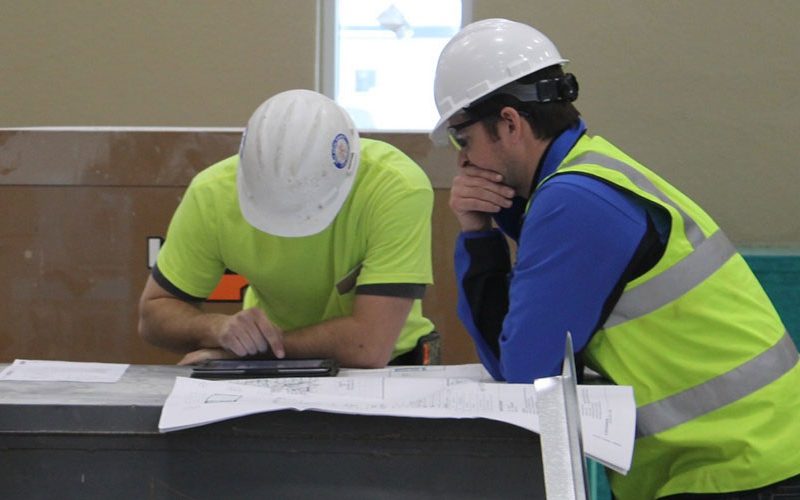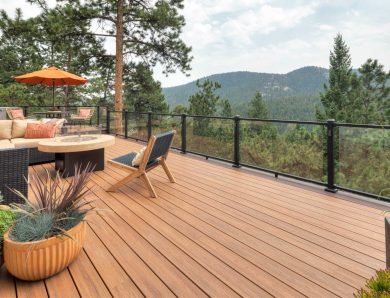
Exactly What Does It Mean When HVAC Systems Are Retrofitted?
A system may be “retrofitted” if it is updated with newer parts. Restaurants, stores, offices, and supermarkets are just some of the businesses that suffer from poor indoor air quality and inefficient HVAC systems. Depending on the manufacturer, the local climate, and the quality of the equipment’s upkeep, a commercial HVAC system’s expected lifetime might be anywhere from 15 to 30 years. Rather of completely replacing something, a hvac retrofit is usually the most cost-effective solution. Retrofits sometimes have a far lower total cost than full replacements, yet nevertheless improve efficiency and reduce energy bills.
Why You Should Opt For HVAC Retrofitting
As HVAC systems age, they lose efficiency, performance, and effectiveness, and they need more frequent maintenance. The comfort level of both employees and consumers has declined as a result, as have the costs associated with keeping the building running. Retrofitting your HVAC system allows you to make changes and improvements to the system as well as the inside environment. Valve and actuator replacements, as well as airside linkage repairs, are not necessarily the most efficient options.
Process of System Shutdown
The process of shutting down a system and replacing all of its parts is not only time-consuming and labor-intensive, but also costly. A facility might lose thousands of dollars per day due to upkeep. To eliminate this problem and quickly restore functionality, retrofit options may include the installation of replacement valves, valve actuators, damper actuators, sensors, and economizers. Sometimes, only one day is all that’s required to bring a whole system up to date. Also check about the other kinds of solutions.
How to Use Different Retrofit Solutions
Many common retrofit solutions may be used without modifying other system controls since they are backwards-compatible with standard control architectures. The dependability of hydronic and air control HVAC systems across the world is ensured by valves and actuators.
When it comes to integrated building technology, using cutting-edge technology, verified quality, and straightforward manipulation during installation and operation may increase performance and efficiency. Damaged linkages, leaky hydraulic actuators, and non-functioning electric or pneumatic actuators are just some of the problems that may be fixed by retrofitting in an underperforming application.
It is possible for HVAC system applications to malfunction due to broken linkages, actuators, or sensors in airside and waterside retrofit solutions. This leads to a decrease in energy efficiency, discomfort for the occupants, and increased staff expenses as systems become less reliable. No longer necessary, with several feasible retrofitting choices available.
Conclusion
Computerized retrofit forms are available for butterfly, globe, and ball valves and are very simple to use. If you use these templates, you can be certain that you’ll accurately capture the dimensions needed for creating a unique connection for your application. If your damper actuators, valves, or sensors are in need of replacement, you may utilize the Retrofit App to find a compatible alternative. Projects may be saved, options can be sent, and installation manuals and data sheets can be downloaded using this handy software.




